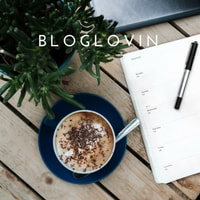Indigo Garden Workshop Recap + mini-retreat!Have you ever admired indigo dipped textiles? Indigo dye is fun and can be a wonderfully mindful activity. Today, I'm going to share with you the happenings of our last workshop that was hosted at a very special Venice Beach location. I'd also like you to know about our upcoming Natural Indigo & Shibori mini-retreat later this month. Now on to the recap of our Indigo Workshop! A lush garden complete with koi pond tucked into a quiet Venice neighborhood was the perfect setting to cultivate creativity. Attendees found it easy to connect with their fellow creatives as they explored the space. We began the workshop with a a tour of the garden and a creative circle where each guest shared their back ground and current creative interests. I love it when creatives come together like this because it's really important to make it a habit to connect and tap into creativity. It was inspiring to have educators, surface designers, a yoga teacher, an experienced seamstress along with creative entrepreneurs joining us. Some join the worksop to connect, others to relax, and all have a strong interest in beginning to master the artful techniques of Shibori. After a demonstration on prepping an indigo dye vat, I demonstrated several Shibori fabric folding techniques and everyone began designing their textile pieces. Experimentation is encouraged and our attendees did not disappoint. It was a great opportunity for everyone to connect as we folded fabric and prepped items for the vat.The creative atmosphere was refreshing and attendees were sharing ideas as pieces were dipped into the indigo vats. As the indigo oxidized, attendees enjoyed light refreshments while catching up with one another. Then, creatives went back for additional dips in to the dye vat. After all of the pieces had been rinsed came the most exciting part - when attendees unfold their pieces and reveal the Shibori designs! It is very gratifying to see the excitement unfold as you see the beautiful textile work they created. Gorgeous bandanas were unveiled as well as additional items such as scrunchies, masks, and a beautifully designed small canvas tote! All photos are by Amelia Tabullo photography
0 Comments
Meet Kate Kilmurray! A weaver and member of our Natural Dye Community. Kate is the founder of The Weaving Way Community, an online group of over 100 weavers across the US. She incorporates mindfulness into her textile art practice and the result is gorgeous handwoven potholders that are both functional and elegant. We caught up with Kate to hear and see what she is up to these days! Tell us about your creative practice: For me, hand-weaving is a form of calming and beautiful ritual, a way of coming home and connecting to the rhythms of life. When I sit down to weave, I gather inwards, feel the natural rhythm of my breath, and hold space for silence. My designs emerge from this stillness. My experience of weaving is one of deep presence and awareness, and each of my weaving is a kind of offering—a deepening into life. The result of this weaving-meditation is a simple, elegant, and useful tool. Handwoven potholders protect our hands, our counter tops, and our tables. They remind us to slow down, do less, and be present as we prepare the food that nourishes and sustains us. By incorporating hand-weavings in the kitchen, we can bring more depth, beauty, and meaning to our daily lives. What sparked your interest in natural botanical dyes? Botanical dyes connect my weavings in a meaningful way to the source of my creativity, the natural world. The wonderful variety and uniqueness achieved through seasonality and the individual dyeing practice is fascinating, sparking my creative juices and making my weavings more alive. Earlier this year I began working with a location-based natural plant dye practitioner and knowing that the materials I am using are honouring the earth and using her resources in a sustainable way is becoming key to my inspiration and practice. It is nurturing and restoring to work in this way. Tell us about an exciting project that you have coming up!
Through both in-person and online “Weaving as Meditation” workshops, I guide people to use their hands in craft and contemplation, to quiet the mind, and to reconnect with their innate creative essence. They leave my workshops with the skill to bring inner calm and beauty to their corner of the world. I’m excited to widen my workshop reach in 2022 with key events planned with organisations including @themakingapp and Fuller Craft Museum. As founder of The Weaving Way Community, an online group of over 100 handweavers from across the US, I will also be concentrating on delivering another year of fascinating guest speakers from all forms of weaving discipline. As a collective, we are pioneering the modernization and continuation of a traditional crafting practice and I am very proud to bring so many talented people together virtually on a regular basis. We've got a special workshop in the works with Kate coming in 2022 in the meantime you can find out more about Kate's workshops, online shop and The Weaving Way Community via her website and Instagram account: @katekilmurray Botanical Painting WorkshopHave you ever admired a dreamy watercolor illustration? Not only is watercolor easy to work with, but it can be a relaxing experience! Learn about May's Watercolor for Relaxation Paint Night here. Now on to a recap of our Botanical Watercolor for Relaxation Workshop! This event was a collaboration with Our Little Stand to promote relaxation through the creative process with inspiration for our small works drawn from their gorgeous plants found at their OC shops. Participants were thrilled with the included supplies they received which included a beautiful kit of Kuretake watercolor paints. When Lang of Our Little Stand approached me about collaborating on some workshops, I knew I wanted to do something inspired by the lovely greenery they had at their artisanal stands. Even though social distancing kept us from meeting in person our live virtual class was a hub for creatives to connect and start their weekend by painting several small works of art! Every watercolor workshop begins with a short meditation designed to promote relaxation and tap into one's creative energy. We began with some deep breathing to encourage mindfulness and really take advantage of the incredibly calming act of painting with watercolors. We then moved on to a short warm up exercise of experimenting with watercolor washes and loosening up our brushstrokes. Next up, we began our first piece by lightly sketching out flowers and using both wet-on-wet and dry brush techniques to paint them in. Students were encouraged to freehand additional flowers and play with different colors to see the outcome. We had some beautiful results and our gallery view screen morphed into a meadow when everyone held up their work! Those same watercolor techniques were then applied to our blue agave inspired paintings. These structural plants really allowed students to play with shape and composition. Everyone enjoyed mixing the soft blue-greens for this piece and the rich Kuretake palette was easy to work with. Interested in learning how to paint with watercolors? Or maybe you're looking for a creative outlet with a laid back atmosphere? Don't miss out, sign up for May's Watercolor for Relaxation Paint Night: Textile Patterns Explore beautiful colors and play with patterns inspired by textiles and rugs in this special evening workshop. Unwind and paint with us mid-week! Our Spring Workshop series is out now- and there are limited spaces left in each workshop. Join us if you are ready to tap into your creativity.
|
HI, I'M HILARY.
This is where I share inspiration for creative well living & following your dreams. With a love to sustainable conscious creation. You will notice that I offer workshops that inspire you to LIVE a soul-inspired life and manifest your dreams. I hope to meet you at one of my retreats or inside one of my group programs. I truly believe in the power of community and connecting with visionary femme creatives like you! For weekly inspiration -find me on YouTube Categories
All
FAVORITES
Archives
September 2023
BLOG COURTESY:
All layouts on this blog are created solely for, A Day in the Life. I enjoy sharing information and love when others enjoy my ideas enough to post the links on their own sites. I simply ask that you credit photos and link back to all original posts. Any comments that are inappropriate or spam will be deleted. All other rights reserved. |

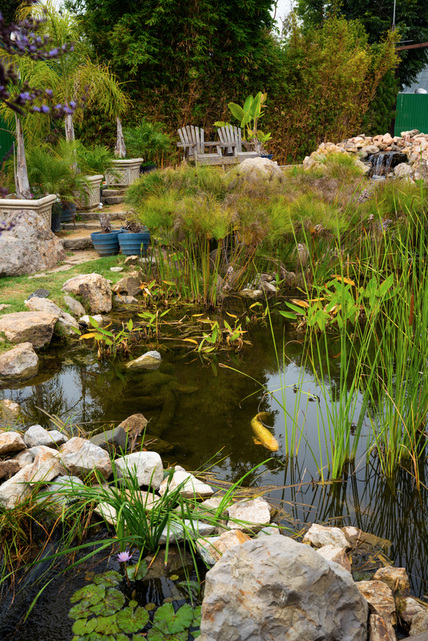
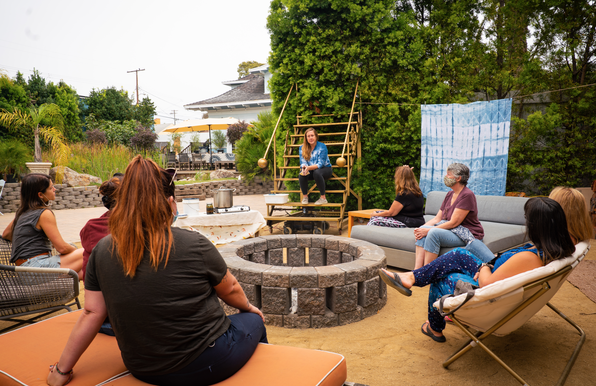
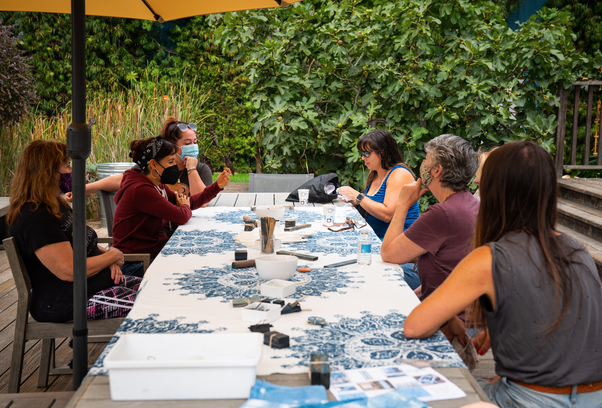
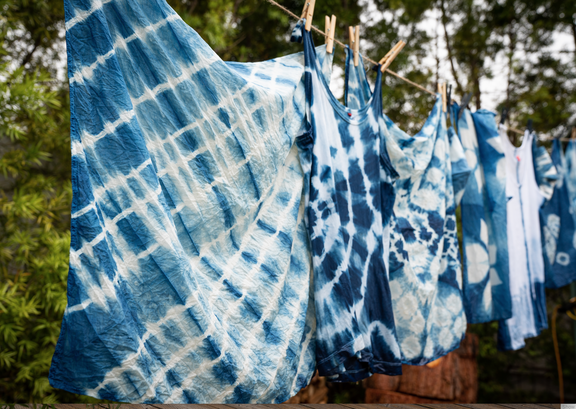
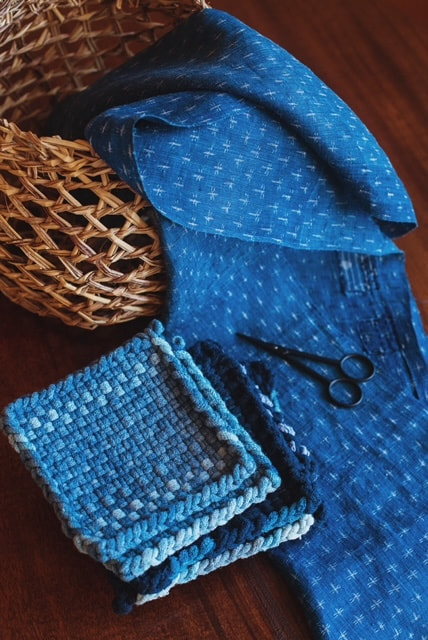
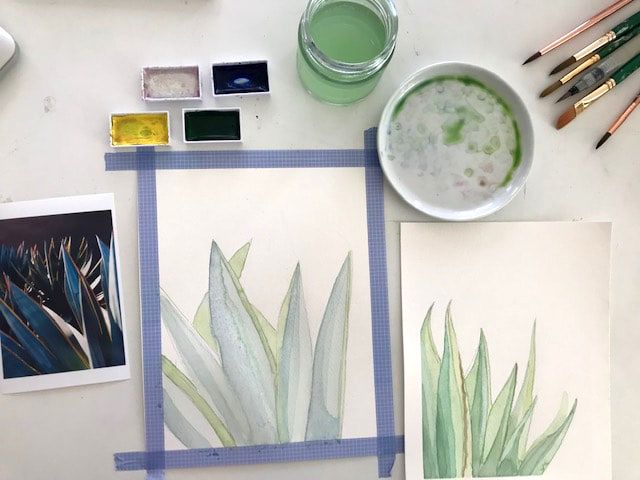

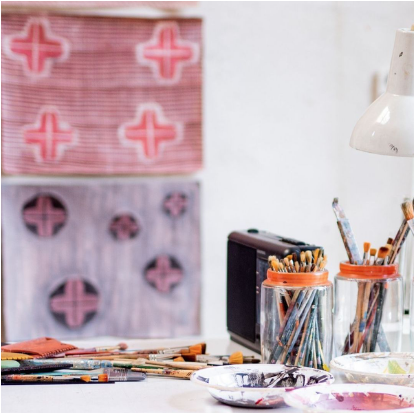
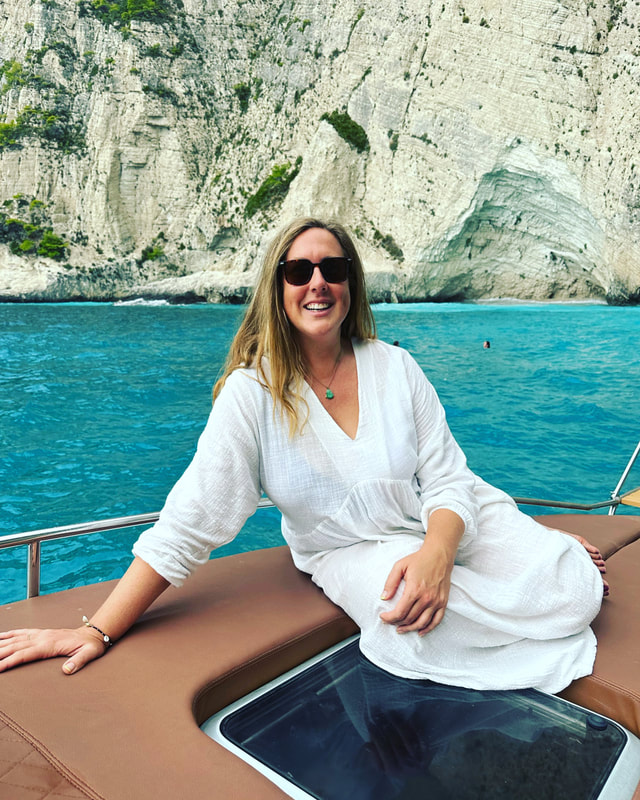

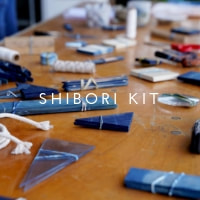

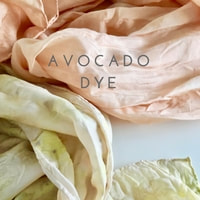

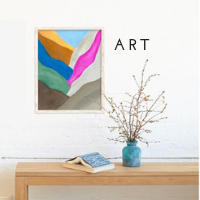

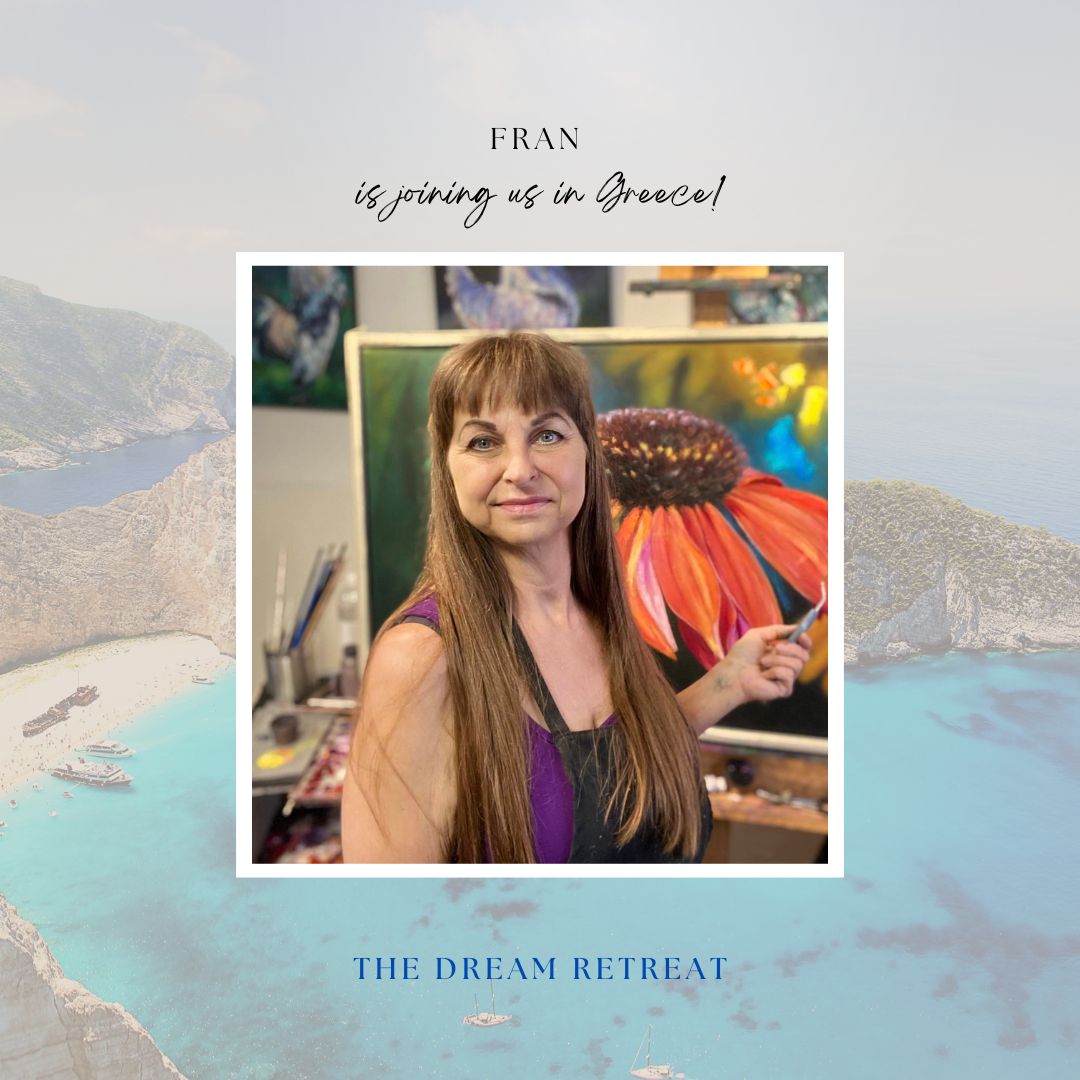
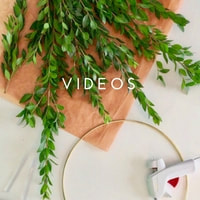

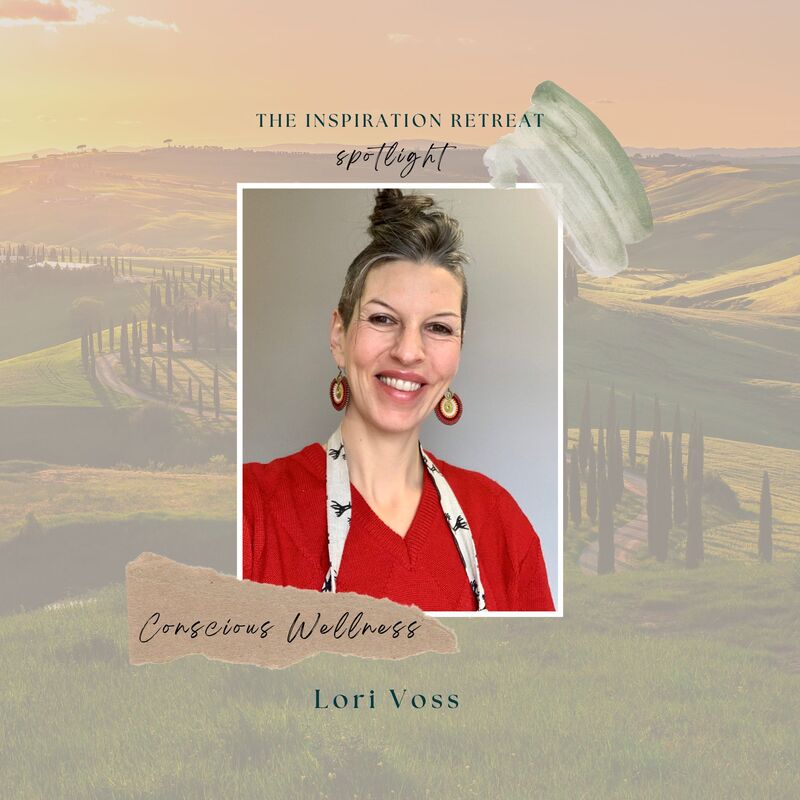

 RSS Feed
RSS Feed
